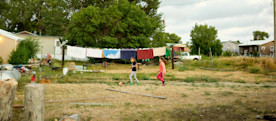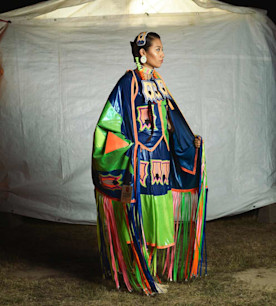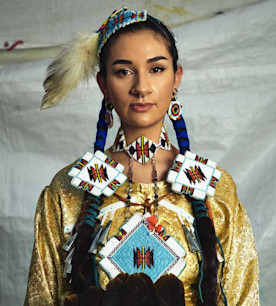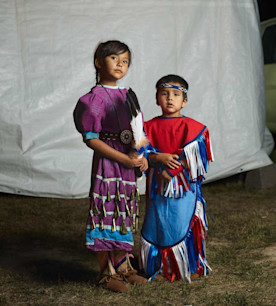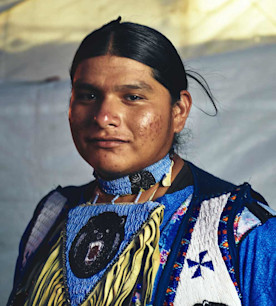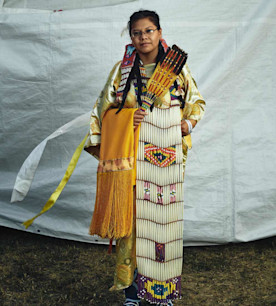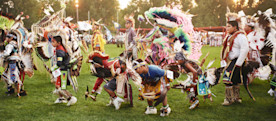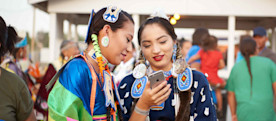Lakota in America
Genevieve Iron Lightning from Eagle Butte, South Dakota
Youth Project
For a hundred years, it was virtually illegal to be Lakota. The Native American tribe, known for its chiefs Sitting Bull, Crazy Horse, and Red Cloud, was legally dispossessed of its religion, its spiritual practices, and much of its language, starting in the late 19th century. All Native American tribes were. Until 1978 and the passage of the American Indian Religious Freedom Act, generations of Lakota were raised without access to their culture.
Now, Julie Garreau and her Cheyenne River Youth Project are working with a determined generation of young Lakota to create a stronger economic and cultural future—and they’re using their Lakota heritage to get there.
Julie Garreau founded the Cheyenne River Youth Project (CRYP) in 1988 in a derelict bar on Main Street in Eagle Butte, South Dakota. The bar wasn’t an accidental choice; Garreau acknowledges that in many ways CRYP is simply trying to offer an alternative to young people who would otherwise be tempted to use drugs and alcohol.
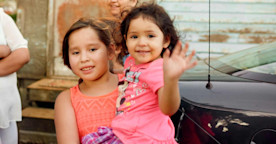
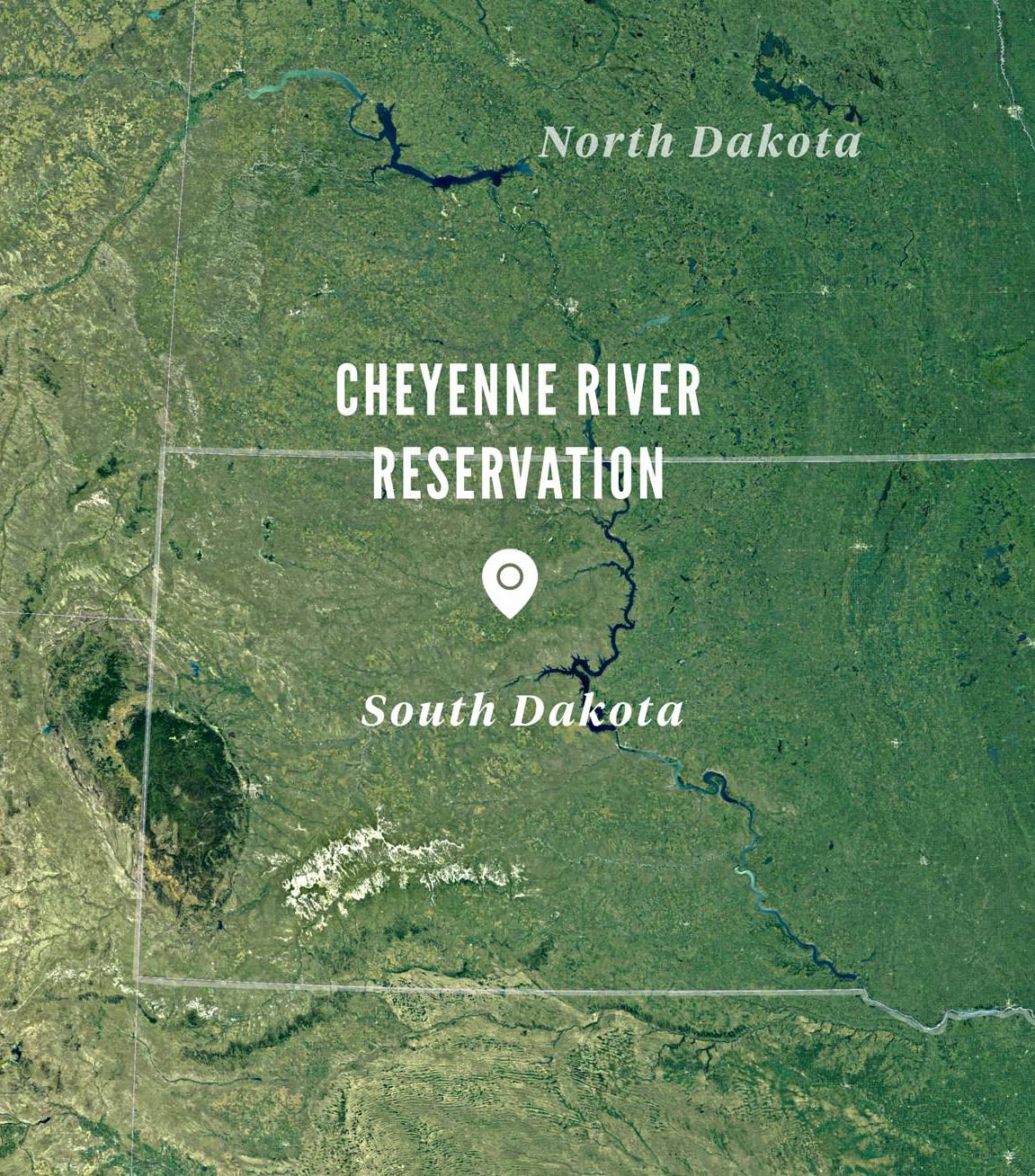
Map data: © 2017 Google, Landsat / Copernicus
“What we’re trying to do is create the next generation of the Lakota workforce, so they can make the decision to walk away from poverty.”
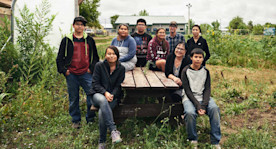
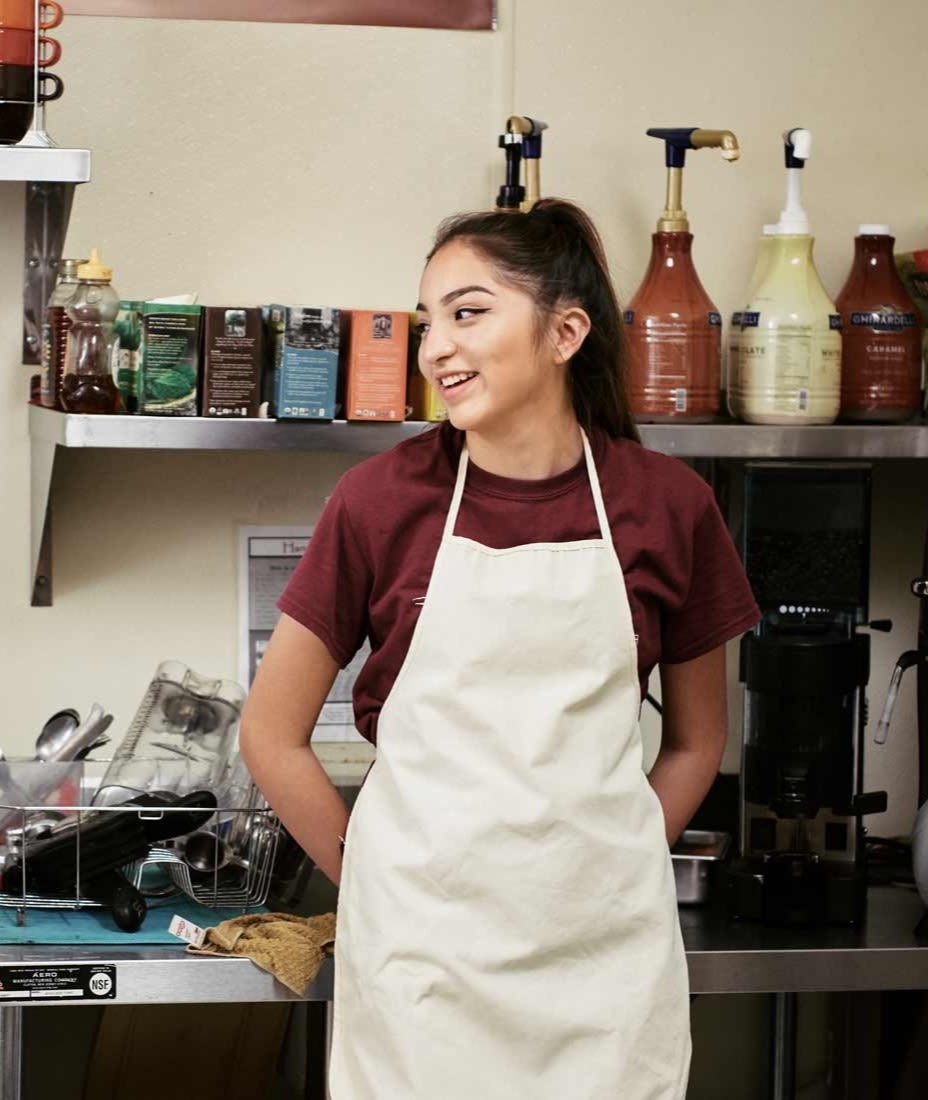
The offerings are endless: art classes, a dance studio, a computer lab, a gymnasium, a library, and a working garden. Keya Cafe, CRYP’s coffee shop, is the only coffee shop in town. The laundry list of initiatives and activities makes it difficult to neatly summarize what they do. It’s easier for Garreau to summarize the mission: “We want to be a positive influence on the kids in our community, and so we’re dedicated to providing them with access to the future they deserve.”
New Labor Force
The reservation system has left the Lakota with little access to anything useful, and today the Cheyenne River Reservation encompasses two of the poorest counties in the United States. The grasslands are almost entirely emptied of buffalo, the land is arid, and water quality is poor. There is little money to invest in infrastructure or business development, and roughly 40 percent of those on the reservation live below the poverty line. But Garreau is quick to steer the conversation away from facts and figures and toward poverty’s emotional impact: “Poverty shapes and changes a person. Once that happens, it’s very difficult to move away from it.”
Job prospects for anyone are scarce in Eagle Butte, but for teenagers, the options are limited to Dairy Queen and Subway. In 2013, realizing CRYP had the power to make an economic impact, too, Garreau added one more program to the list: internships.
CRYP interns can apply for a position to work in the Keya Cafe or the garden, or choose to learn arts or wellness. All internships last a few weeks and pay $500. CRYP staff provides résumé guidance and walks teenagers through interviews. At the end of each summer, Eagle Butte has a hundred or so more young people who know how to communicate with customers, manage a cash register, make a latte, or harvest vegetables from a garden and, most significantly, participate in the economy and provide for themselves.
Lakota First
While internships give Cheyenne River youth skills and confidence, they’re also designed to help them appreciate the unique power of being Lakota. The cafe serves buffalo meat, and service begins with an azilya—passing around burning sage to cleanse oneself. CRYP hosts pow wows, teepee ceremonies, discussions, and lectures from elder Lakota in the community. “I want our kids to know that they have roots, and they should rely on them, because that’s gonna give them strength to move forward. We want to remind them that there’s power in being Lakota,” said Garreau.
Genevieve Iron Lightning, 16, found the CRYP internships through an ad in the local paper. Her grandmother was the one who pushed Genevieve to apply, and Genevieve would return home each day to chat with her about her first real job. “She would ask me how my day was, and I just felt, like, so grown up. I would be like, ‘Oh work was cool today,’ or ‘Work was really hard today,’ and I just felt like I was really doing something.”


“We can not only give these kids skills to grow and evolve, but we can help strengthen their Lakota identity, too—so they can go out into the world and thrive, but also always remember who they are and where they come from.”
But beyond picking up meaningful work skills, Genevieve found herself drawn to the Cheyenne River Youth Project for its emphasis on her Lakota heritage. A traditional dancer from a young age, Genevieve travels to pow wows all over South Dakota to perform. “I just feel like when I dance I can help keep my culture alive; I feel like I’m in touch with my ancestors and the past generations,” she said. Now Genevieve is able to perform at CRYP itself—her former workplace, so to speak.
Oyáte
What the Lakota value most of all is providing for their oyáte: their tribe. And the way Garreau and her CRYP staff figure it, the more kids they can equip with viable economic skills to go along with an appreciation for their powerful heritage, the better the odds are that this generation of young people will be able to pull the whole tribe up. They’re making quantifiable progress, too—the internship program graduated 10 interns the first summer. They’ve graduated 432 since. And Garreau thinks this generation in particular is special: “Where being Lakota once was this oppressive weight, I feel like this generation of kids is standing up and saying,‘This is who we are. We are Lakota people and we’re strong, and we’re not going away.’”


